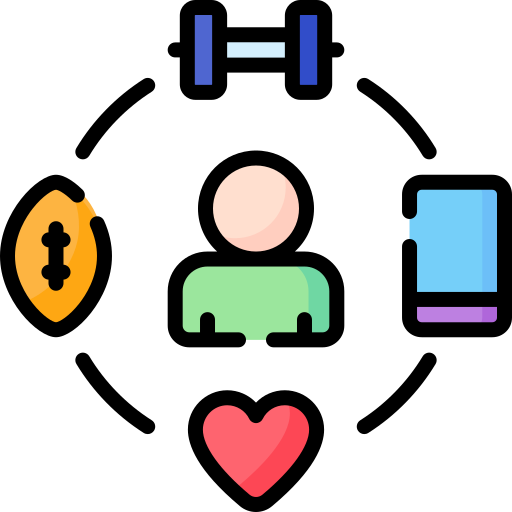We all have habits.
Habits are behaviours that have been ingrained in our day to day lives and are repeated over time without much thought or consideration.
Common habits include going to bed at night and waking up in the morning, eating meals, brushing teeth, and washing.

Habits can be positive, like choosing healthy meal options, processing thoughts and emotions by writing in a journal, or exercising regularly.

Habits can also have negative consequences, like smoking, eating unhealthy foods regularly, or not wearing a seat belt.

Developing New Habits
Forming a new habit takes time. There's a common misconception that it takes 21 days to form a habit. This is actually a myth!
The truth is that building a habit can sometimes take months. The length of time it takes depends on each individual and the habit goal. There is no "one-size-fits-all" timeline to making a behaviour habitual. The same is true in trying to break a habit.

Where Do We Begin?
Developing a new habit often isn't easy, but there are some proven techniques that can help.
To start, pick a habit goal that you want to accomplish. Sometimes it helps to break your goal into smaller and easier to reach goals to start. Then once you've added that into your routine and you feel confident, you can work on adding more as you go. The keys to success are commitment, repetition, and consistency.

Start small: If you want to start working out early in the mornings but you aren't much of a morning person, start with waking up earlier.
Make gradual changes: If you want to make healthy eating a goal but find yourself choosing quick and less healthy options, try making small changes. For example eat fresh fruit for your usual sweet snack, or add a healthy side dish instead of something deep fried or high in salt.
Don't give up: Everyone slips from time to time. It's important to not let a failed attempt determine your success at achieving your goal. Pick up where you left off and stay focused.

Other techniques to try
Piggybacking is when you add a new behaviour to a habit that you are already doing. For example: you already brush your teeth but want to make flossing a habit, it is easier to make flossing a habit because you already brush and brushing serves as a reminder to also floss.

The 20 Second Rule involves adding or removing barriers to habits (depending on if you're trying to develop a new habit or stop an old habit). Making a habit easier or harder to do by just 20 seconds can make a difference in whether we follow through on a new habit, or resisting an old one.

This video explains the 20 second rule to forming habits:
Quiz
if your goal is to make jogging a habit, which existing habit would be the best to piggyback on?
Take Action

Adding new habits into your routine and dropping old habits can be tough, but the good news is that it can be done!
Remember, if you slip it's not the end of the world.
Surround yourself with others who have the same goals. Try writing down what habit you want to commit to, it will give you a clear idea of what you want to accomplish and helps to hold yourself accountable. Good luck!
Your feedback matters to us.
This Byte helped me better understand the topic.
